Last month, the Chinese company, Huawei, launched its Honor 7 smartphone in India and apart from offering the flagship specifications, it has an impressive 20 MP camera on the back and an 8 MP camera on the front securing the spot in the megapixels. The camera specs were completely different on Honor 6 (13 MP and 5 MP combination). We have already shown the camera performance in the daylight in our Honor 7 full review. Let’s see how the camera performs under severe low lighting situations.
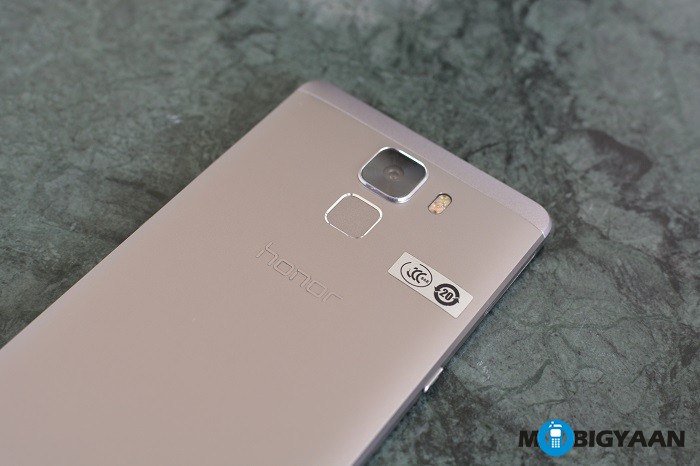
Honor 7 Main Camera Specifications:
- Primary Camera: 20 MP, 5152 x 3888 pixels, f/2.0 aperture, Fast Focus (0.1 sec), PDAF, dual-tone LED flash
- Sensor: 1/2.4″ Sony IMX230 sensor
- Features: Geo-tagging, Face Detection, HDR, Panorama, Slow Motion, Tap To Focus, Time Lapse, Food Mode, Light Painting, photo-taking filters – demist filter
- Video: Up to 1080p@30fps, HDR
- Front Camera: 8 MP, f/2.4, 26 mm, soft LED flash
- Dedicated Camera Key: N/A
Honor 7 Camera review: Super Night mode Shots
The Honor 7’s 20 MP rear camera uses a Sony IMX230 sensor with a f/2.0 aperture and phase detection auto-focus that is pretty fast. A higher aperture means the more lights coming to the camera shutter plus gives blurry effects to the background. The camera is covered with sapphire glass coating which is somewhat better than Gorilla glass, thus giving protection against scratches.
As the normal mode loses the quality of the image in extremely low lighting conditions, there you can use its amazing stunner called ‘Super Night’ mode which not only improves the quality of the image, but you will find that it is clearer that what you actually see from your naked eyes. Below are some of the camera samples taken under low light with Super Night mode.
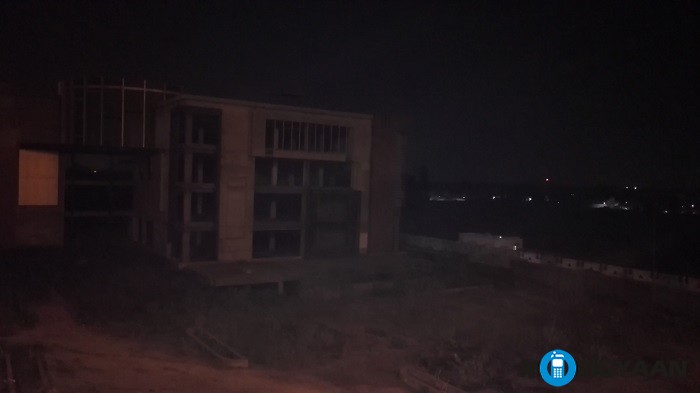
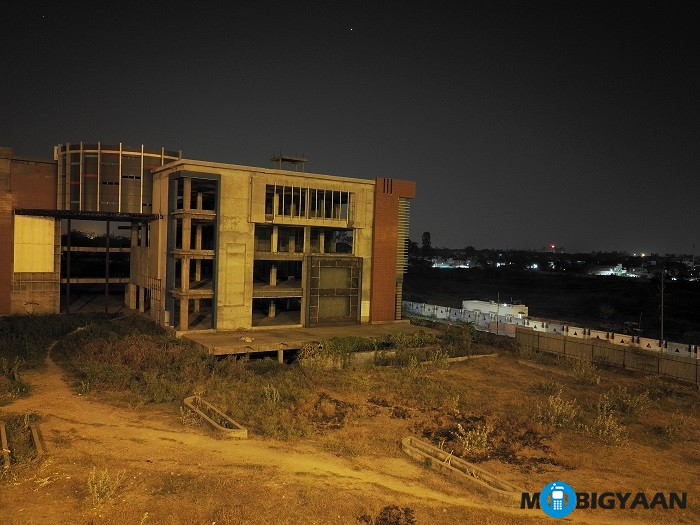
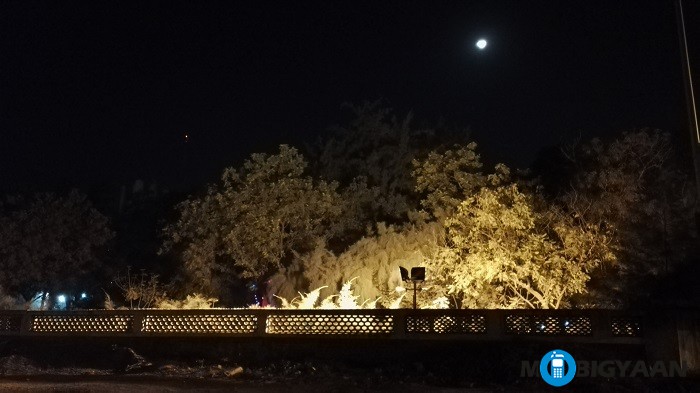
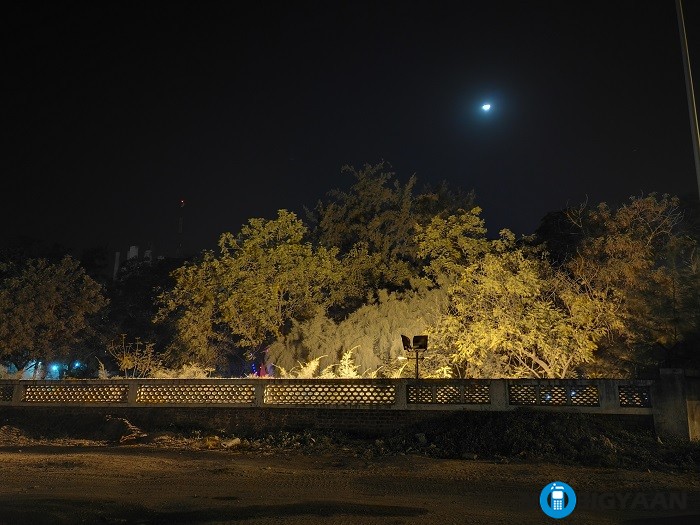
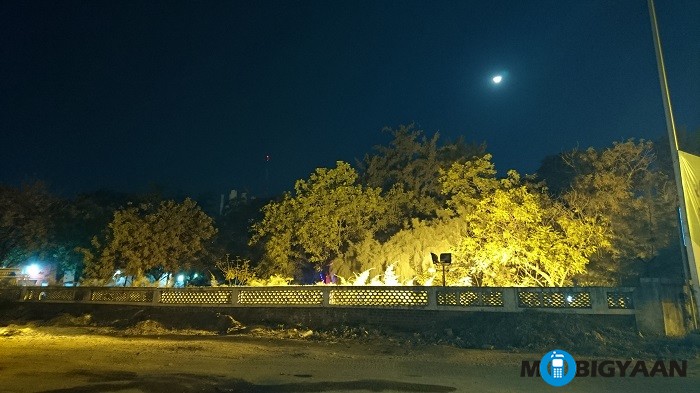
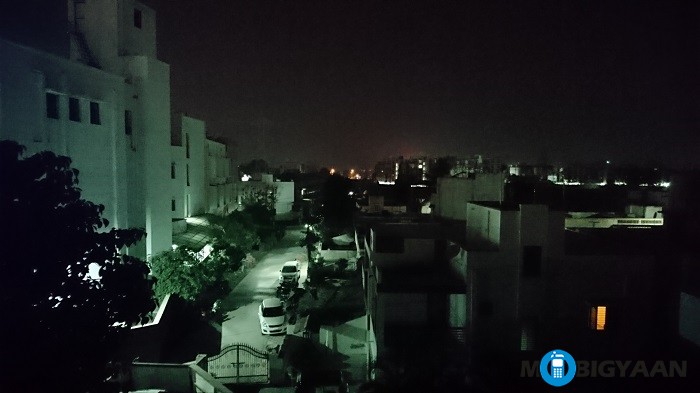
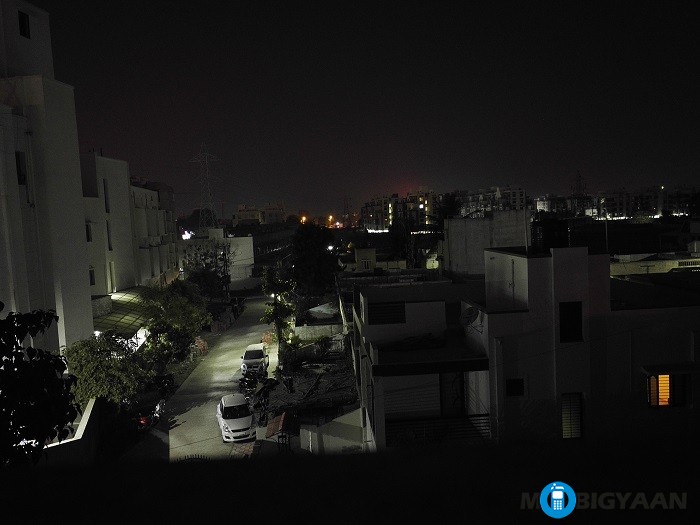
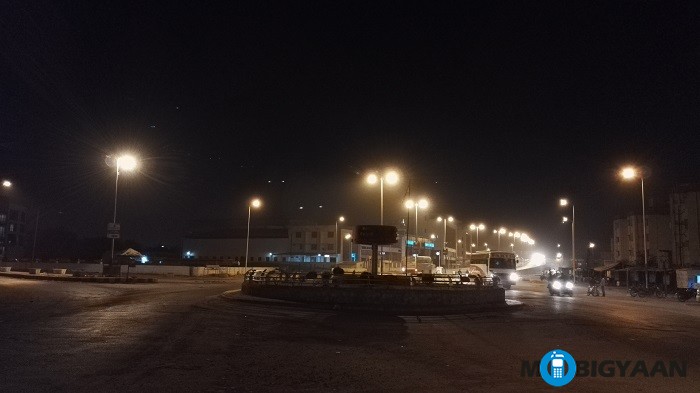
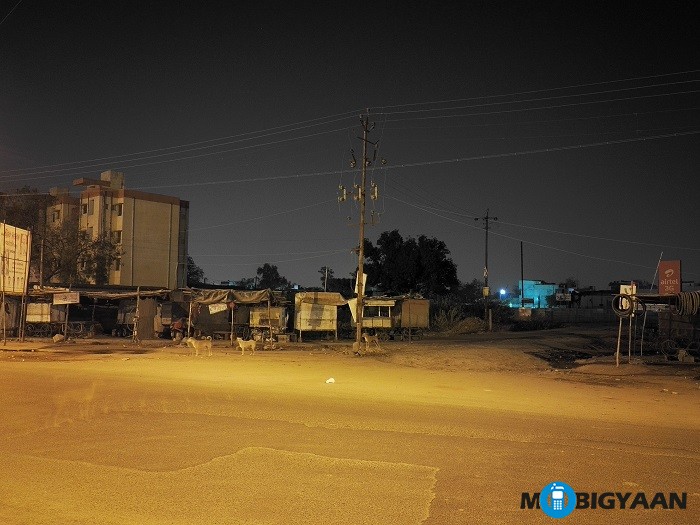

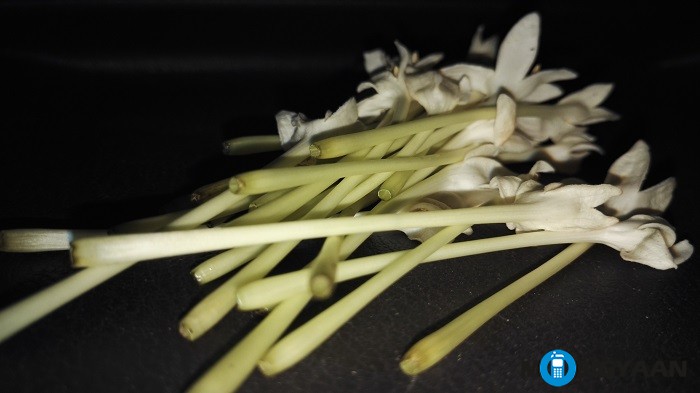
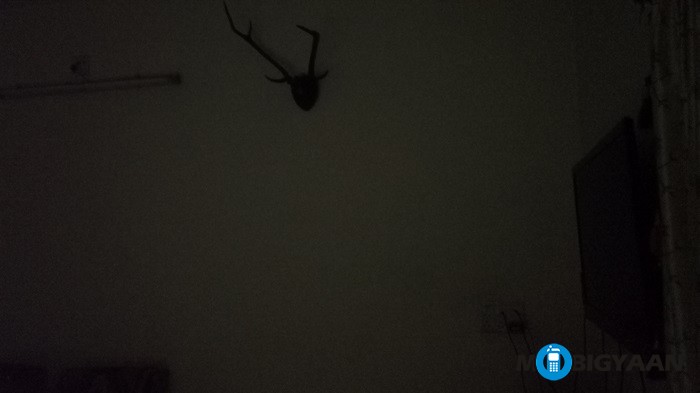
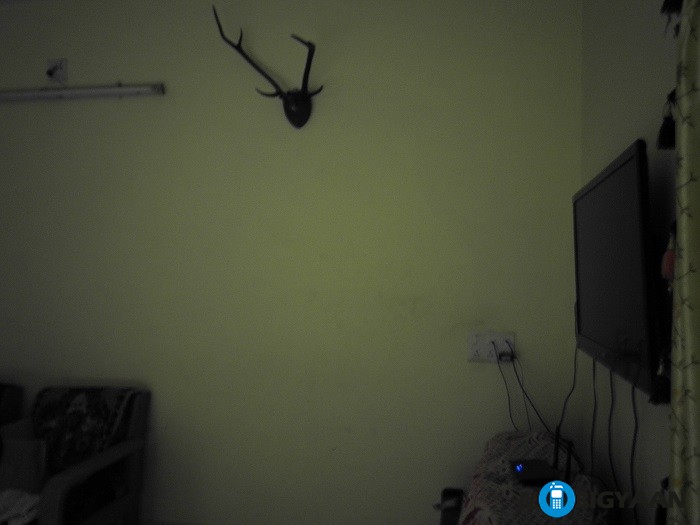
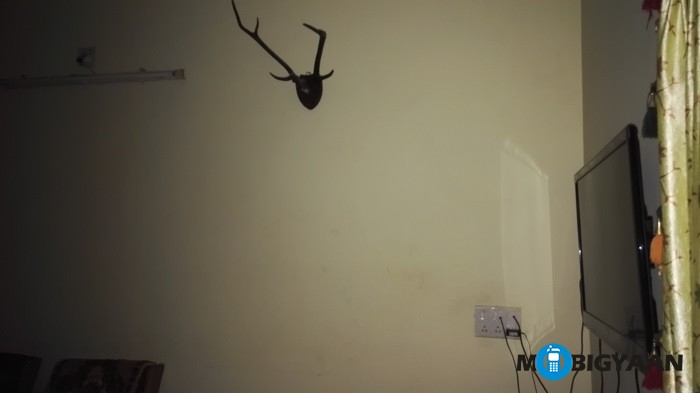
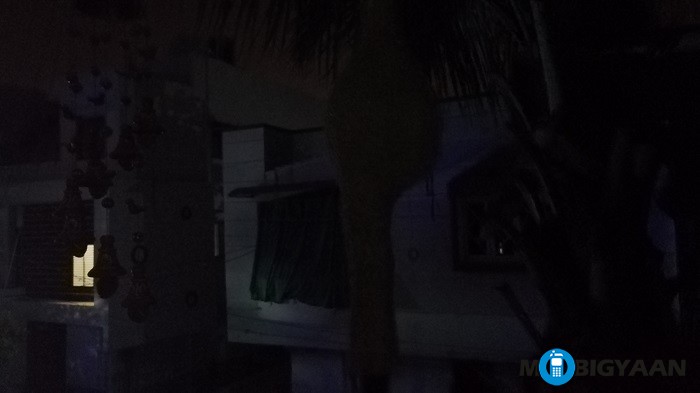
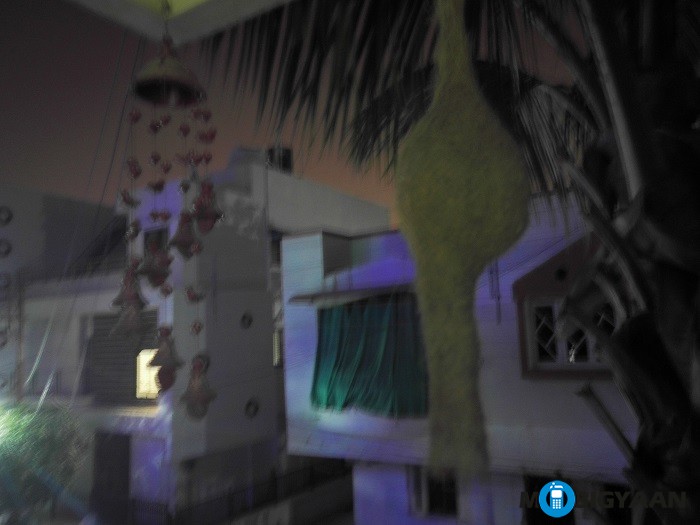
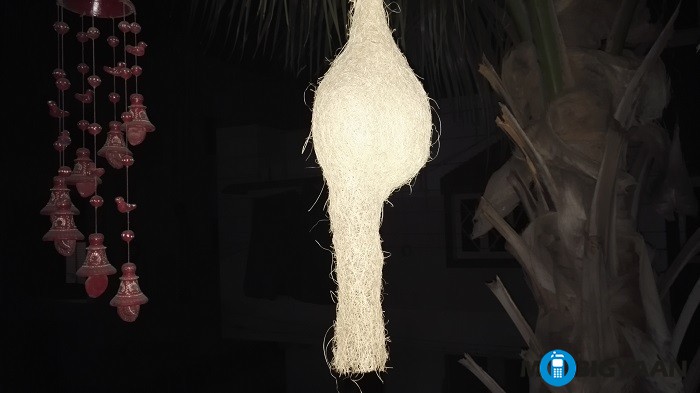
The shots taken with Super Night mode are insanely accurate, I was actually surprised with the camera performance. The images look sharper and the details are very precise giving beautiful natural colors considering the amount of light the camera takes. I have compared it with the Sony Xperia Z5’s camera and it seems like the Honor 7 camera captures more details under low-lighting conditions when you zoom in the image.
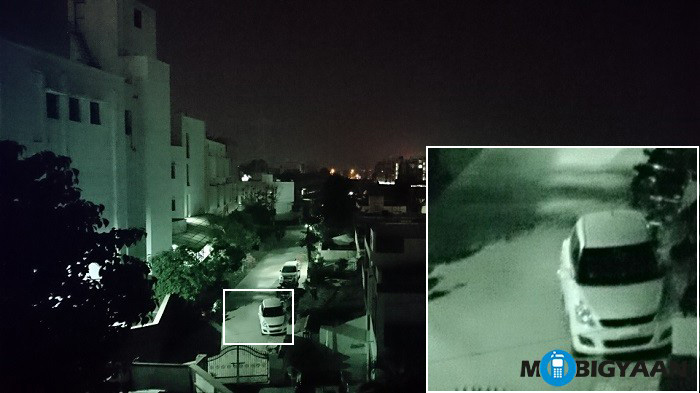
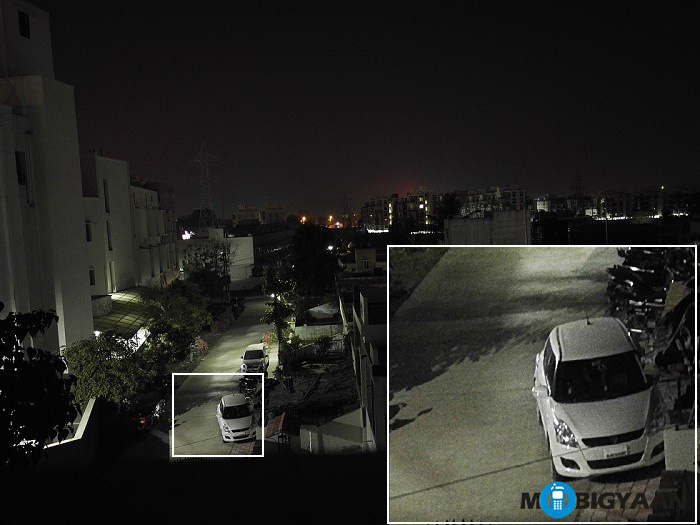
As the camera clicks some decent shots even under low lights in normal mode, the Super Night mode comes in handy when there is very little light though you may have to hold the phone a tad steady (a tripod is recommended here which isn’t a usual stuff for people to carry with). I managed to keep my hand steady and the results you see here aren’t astounding. It ruins the image if your hand moves unless you use any object’s support. It is pretty obvious that it won’t work with moving objects.
The ‘Auto’ mode under Super Night takes around 20 seconds to take the perfect night shot which too long and darn annoying. With that being said, you can play with the ISO and Exposure settings provided on the interface to lower the timings and such long exposures. When kept the smartphone on a tripod stand, it does take a perfect shot in low-light just as the company claims. Nevertheless, it takes a while to process the image and produce the final output due to complex image processing algorithms.
To view high-resolution photos check out this gallery.
Verdict
The 20 MP camera is definitely a competent performer at capturing night photos. Albeit, the smartphone specifications sound upper mid-range, the smartphone surely is bang for the buck as the camera performs extremely well in terms of low lighting. The Honor 7 priced at ₹22,999 definitely beats their rivals in terms of camera and that’s a good overall package.
